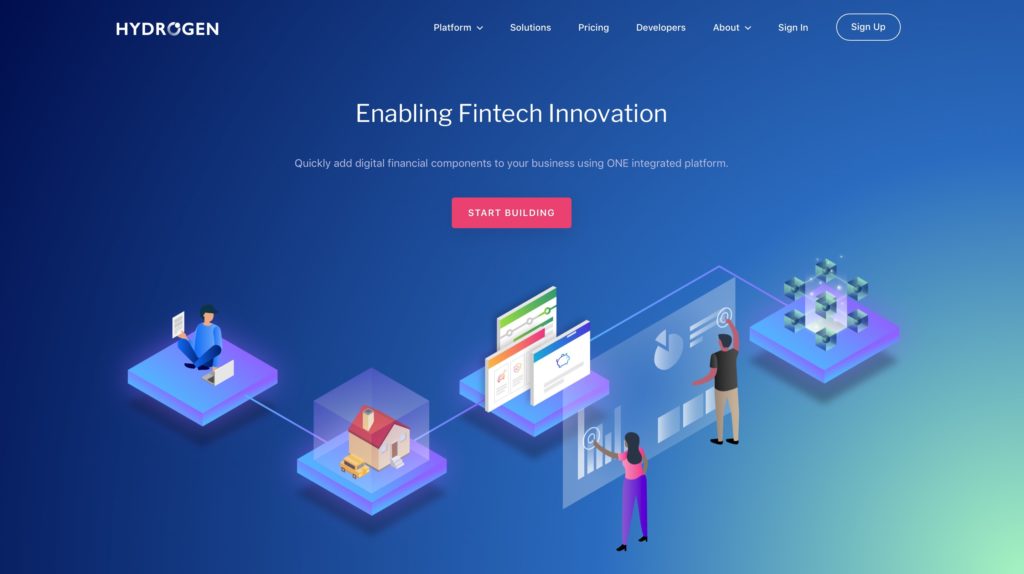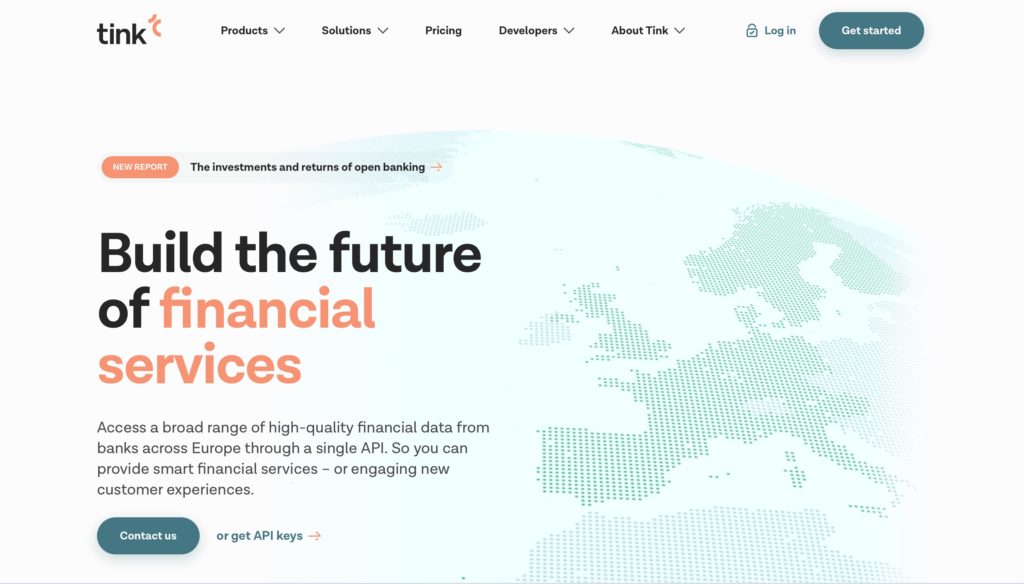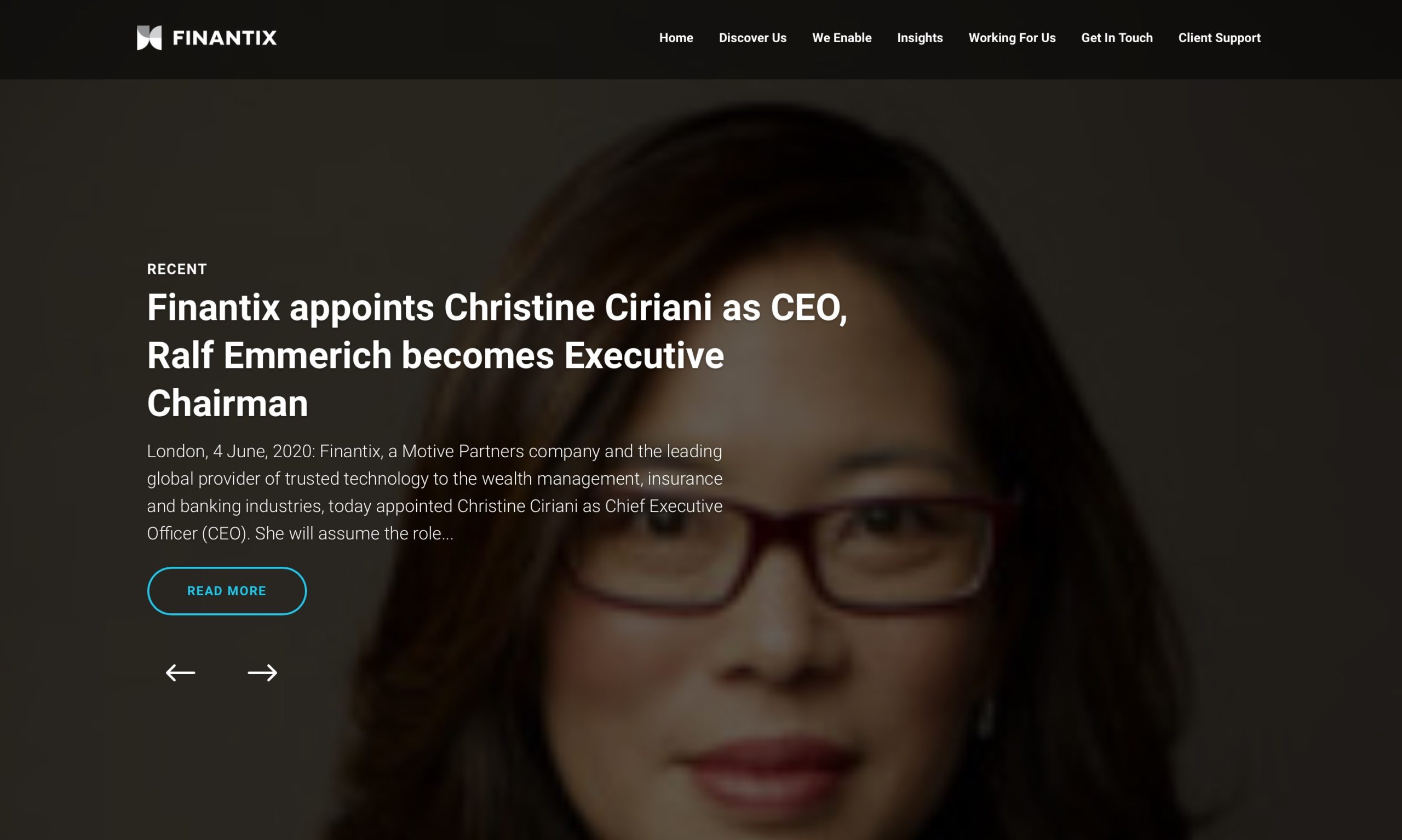
The following is a guest post by Jake Rheude, Vice President of Marketing for order fulfillment company Red Stag Fulfillment.
Fintech has dramatically shifted the way people and enterprises use and move money, and that’s increasingly impacting the world of ecommerce. While logistics is typically thought of a sloth when it comes to adopting innovative technologies, fintech may be a unique case because of the savings it generates, protection it offers, and where demands for adoption come from now.
The landscape is changing, and ecommerce is shifting in significant ways that are important to learn. If you’re in fintech, here are some major opportunities for your next solution.
Validation and KYC compliance
There’s a growing call for ecommerce brands and marketplaces to start focusing on better know your customer (KYC) compliance and services. Online payment fraud continues to rise and the European Payments Council notes that threats are demonstrating a greater degree of professionalism of cybercriminals.
Ecommerce companies are tantalizing targets as they grow larger or when it’s discovered that they lack significant security measures. KYC validation provides a very early deterrent by help collect and verify specific user information — from face IDs and credit card numbers to requirements to use only a verified current address.
It’s a security measure that ecommerce companies are happy to adopt. The lane for fintechs to work here is facilitating KYC programs (and even related AML regulatory checks) within their offering. In a growing number of cases, KYC is baked into fintech solutions, easing the burden on ecommerce and providing greater protection while also making it more of an industry standard.
Stores are looking beyond borders
Ecommerce makes more goods available to more people, regardless of where the company or the customer are. Early fintech helped establish the pathway that ecommerce-focused solutions are taking now.
SWIFT gpi (global payments initiative) made it easier for banks to manage and trace these payments. In early 2019, SWIFT announced a specific gpi link for ecommerce that included plans to use R3’s blockchain technology.
While much of the focus is on support bank payments and activities, this shift provides a unique opportunity for large ecommerce brands as well as those near country borders. When this or similar platforms become available, a company may not need a presence in another country to expand its reach there. Fast, affordable payment management could make it easier for ecommerce companies to work with a variety of payment providers for both their interactions with customers as well as supply chain partners.
When fintech simplifies cross-border payment management, it becomes easier for ecommerce to expand beyond greater boundaries or choose where to have fulfillment locations.
Ubanked shoppers are blending commerce
One of the more exciting fintech innovations for ecommerce companies is coming to stores near you. A well-known example comes from the Oxxo convenience stores in Mexico. More than half of Mexico’s shopping population lack bank accounts, but they still want to shop online. So, they make a purchase from select online merchants and then go to their nearby Oxxo store and pay for the products they selected. Someone who only has physical cash and no bank account is able to buy goods only sold online.
It’s a “low-tech” solution that takes innovative fintechs to pursue. It’s also an extremely rich opportunity. According to 2017 data, there are about 1.7 billion unbanked adults in the world. There’s a good chance, however, that this group overlaps with the ever-growing number of Internet users (about 4.54 billion as of January 2020).
We know about two-thirds own a phone, so as these consumers shift to smartphones and gain access, there’s a big place for fintechs to support ecommerce growth.
Better behind-the-scenes payments
Ecommerce relies heavily on the logistics sector and these both interest with fintech at multiple locations for every sale. The problem with all the financial movement of payments, insurance, product handoffs, etc., is that there’s a lot of opportunity for receipts and bills to go missing. Sometimes it is accidental, other times fraud.
Fintech services that aim to automate payment processing during handoffs can protect everyone. This potential is growing with the adoption of more supply chain DLT offers. Ecommerce companies are part of this when their fulfillment partners, suppliers, and manufacturers join such blockchains.
This cost-reduction and risk mitigation is often felt most by the carrier. The move into ecommerce is likely going to be driven by these carriers and logistics partners.
APIs will shape the future
In many emerging fintechs, as well as regtech (regulatory technology), the API dominates the way information is collected, used, shared, and reported. They simplify the way banks and fintechs interact with each other as well as how ecommerce companies manage payments and budgets.
Today, API use is somewhat limited, and most ecommerce merchants won’t think much about it beyond if a payment API integrates with their platform or not. However, this is likely the area of most impact for our future, even if we can’t see what that will be. It’s likely to be beyond simply moving to the cloud.
One possibility will be their ability to connect fintech and ecommerce companies in a way that customers don’t see a difference. Right now, if you shop on Amazon, you might get an offer like saving 10% by opening up an Amazon-branded credit card. API innovations could allow any ecommerce company, of any size, to offer the same based on user data.
Imagine instant (digital) point-of-sale consumer loans and financing, loyalty programs that work across merchant categories, mobile wallet integration, and more.
What might be the biggest fintech revolution, and one we hope to see, is easing ecommerce company requirements. Adopting a platform API might be all a company needs to do now to get continual access to the latest security updates and payment options when the fintechs that build these innovations join the API community.
APIs already run significant warehouse and fulfillment operations, meaning there’s a goldmine of data to be leveraged for everyone at the table, if fintechs make it easy for ecommerce companies.
Photo by Brooke Lark on Unsplash






























